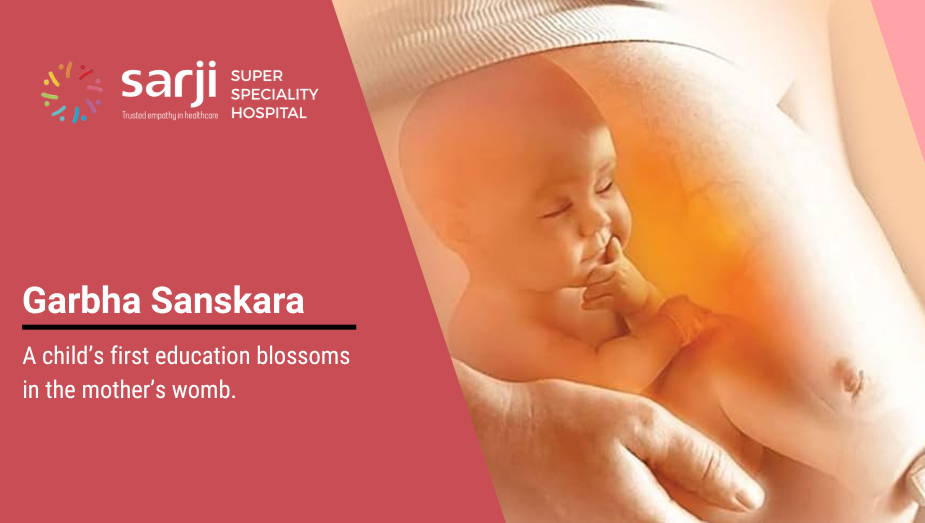Pediatric surgery is a subspecialty of surgery focusing on providing surgical care to infants, children, and adolescents. Pediatric surgeons are trained in a distinct set of skills and expertise to manage the unique physiological and developmental differences in young patients.
Subspecialties of Pediatric Surgery
Pediatric surgery encompasses various surgical procedures aimed at treating congenital anomalies, injuries, and tumors. These include:
- General Pediatric Surgery: This procedure is used for appendectomy, hernia repair, and correction of gastrointestinal anomalies like pyloric stenosis or malrotation.
- Neonatal Surgery: Neonatal surgeons treat newborns with congenital disabilities, such as congenital diaphragmatic hernia (CDH), esophageal atresia, or abdominal wall defects like gastroschisis.
- Pediatric Urology: This procedure is used to treat conditions affecting the urinary tract and reproductive organs in children, including hypospadias, undescended testes, vesicoureteral reflux (VUR), and urinary tract obstruction.
- Pediatric Laparoscopic Surgery : Appendix, Undescended testis.
- Pediatric thoracoscopic Surgery: Pediatric surgeons treat conditions affecting the lung (emphyema, lung cysts, Congenital emphysema)
- Pediatric Orthopedic Surgery: Pediatric orthopedic surgeons treat musculoskeletal conditions, such as septic arthritis.
Types of Pediatric Surgeries
These include:
- Appendectomy: Surgical removal of the inflamed appendix to treat acute appendicitis
- Hernia Repair: Surgical correction of inguinal (soft tissue protrusion), umbilical, or other abdominal wall hernias to prevent complications
- Circumcision: Surgical removal of the foreskin
- Hypospadias Repair: Surgical correction of a congenital condition wherein the opening of the urethra is located on the underside of the penis rather than at the tip
- Orchiopexy: Surgical correction of undescended testes into the scrotum to prevent infertility and reduce the risk of testicular cancer
- Gastrostomy Tube Placement: A surgical procedure involving inserting a feeding tube into the stomach to provide nutrition and hydration for children unable to eat or swallow adequately
Techniques Used in Pediatric Surgery
Different techniques are used in different subspecialties within pediatric surgery and include both traditional and innovative approaches.
- Open Surgery: Open surgical techniques access the surgical site through one or more incisions to visualize the anatomy and conduct the procedure.
- Laparoscopic Surgery: Laparoscopic surgery is a minimally invasive surgery that involves making small incisions through which specialized instruments and a camera (laparoscope) are inserted into the body cavity to conduct the surgery.
- Neonatal Surgery: Like congenital diaphragmatic hernia, trachea esophagial fistula, hirschprungs diseases, ANO rectal malformation and others.
- Thoracoscopic Surgery: Thoracoscopic surgery focuses on operating within the thoracic cavity (chest).
- Pediatric Urology Surgery: PUJ Obstruction, VUR, Posterior urethral valve, Ureteric implantation,
- Endoscopic Surgery: Endoscopic procedures use endoscopes to visualize and operate within the body’s natural openings or through small incisions.
Risks in Pediatric Surgery
While advances in surgical techniques, anesthesia, and perioperative care have significantly reduced risks, it’s essential to be aware of potential complications of pediatric surgery, including:
- Anesthesia Risks: Anesthesia can pose risks such as allergic reactions, respiratory depression, airway obstruction, and adverse reactions to medications.
- Infection: Surgical site infections can occur following pediatric surgery, particularly in procedures involving open wounds or inserting foreign materials such as implants or catheters.
- Bleeding: Children may be at an increased risk of bleeding due to their smaller blood volume and differences in coagulation factors compared to adults.
- Organ Injury: Organ surgery carries a risk of accidental injury, such as laceration, puncture, or ischemia.
- Pain: Inadequate pain control can lead to distress, delayed recovery, and complications such as respiratory depression, ileus, or immobility-related complications.
- Scar Formation: Surgical incisions in pediatric patients might result in scar formation, which can vary in appearance and texture depending on wound healing, skin type, and surgical technique.
- Adverse Reactions to Medications: Children may experience adverse reactions to medications used before, during, or after the surgery, including antibiotics, pain medications, anesthetics, and other drugs.
- Neurological Complications: Neurological surgery poses a risk of neurological injuries, paralysis, sensory deficits, or cognitive impairment.
- Long-Term Functional Impairments: Some pediatric surgical procedures might result in long-term functional impairments or complications, mainly if the surgery involves major organs, joints, or sensory organs.
- Psychological Impact: Pediatric surgery can have a psychological impact on children and their families, leading to anxiety, fear, trauma, or adjustment difficulties.
With its unique challenges, advancements, and prospects, pediatric surgery remains a dynamic and vital field within medicine, dedicated to promoting the health and well-being of pediatric patients across globe. Leveraging research, technology, and clinical practice, Fortis holds promise for improved outcomes, quality of life, and equity in pediatric surgical care.
Doctors








